Hamamelis virginiana
Witchhazel


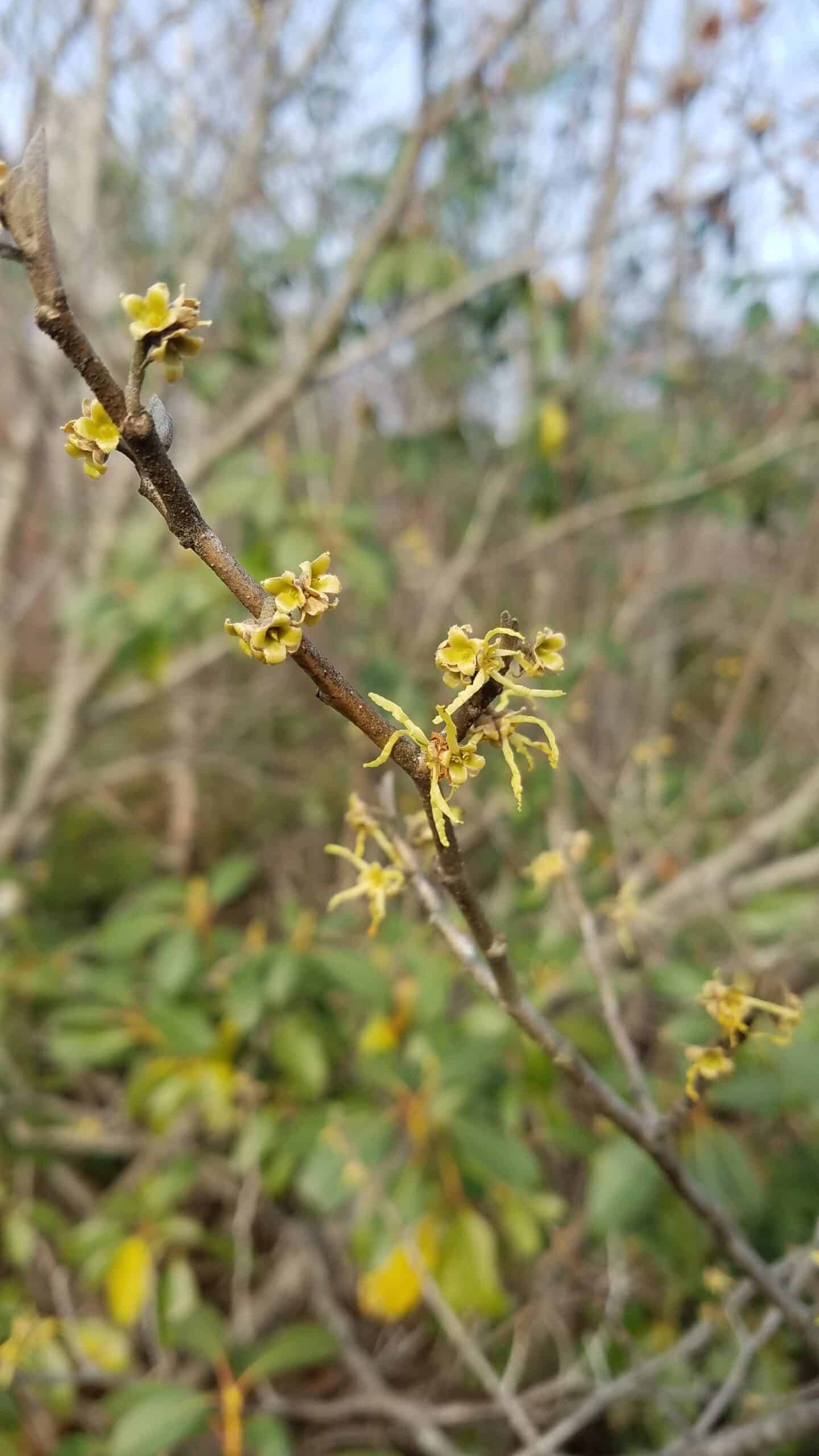
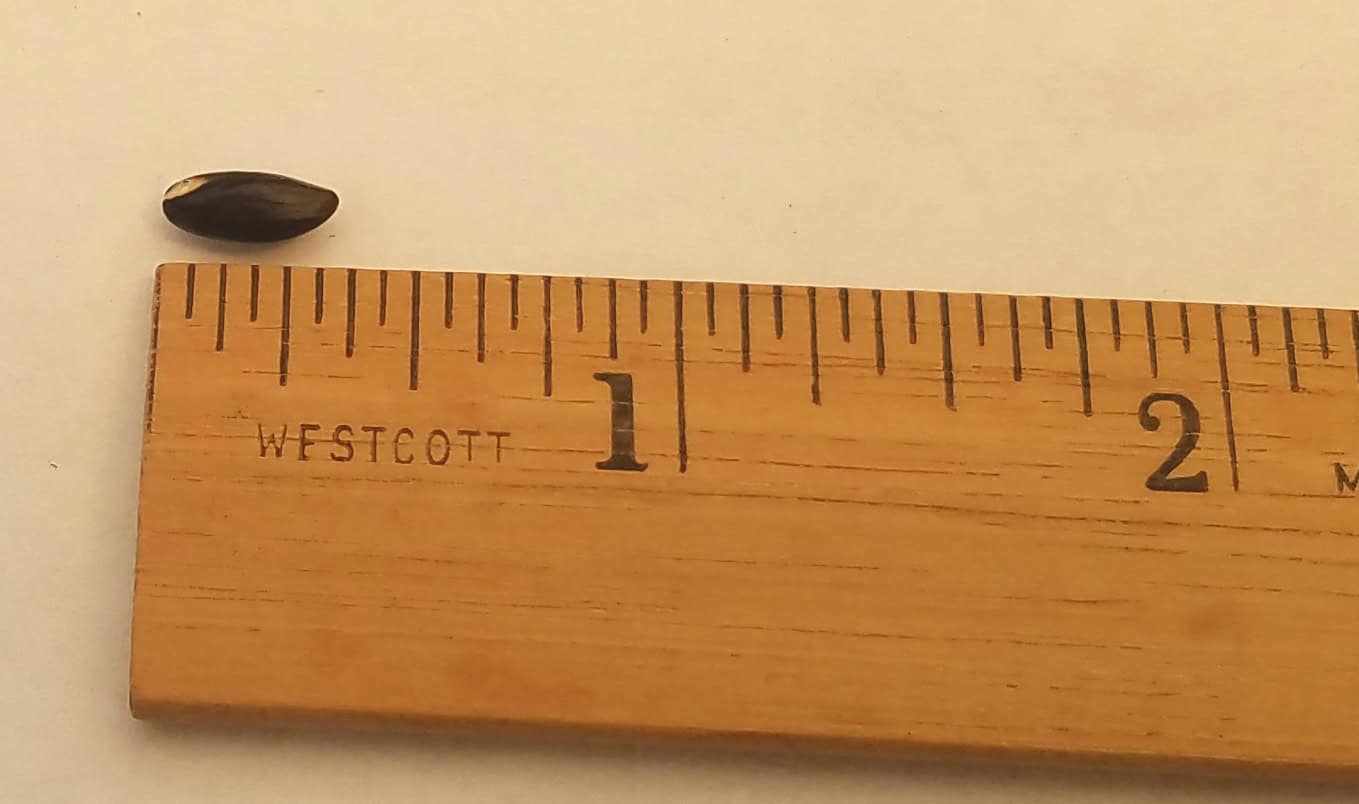
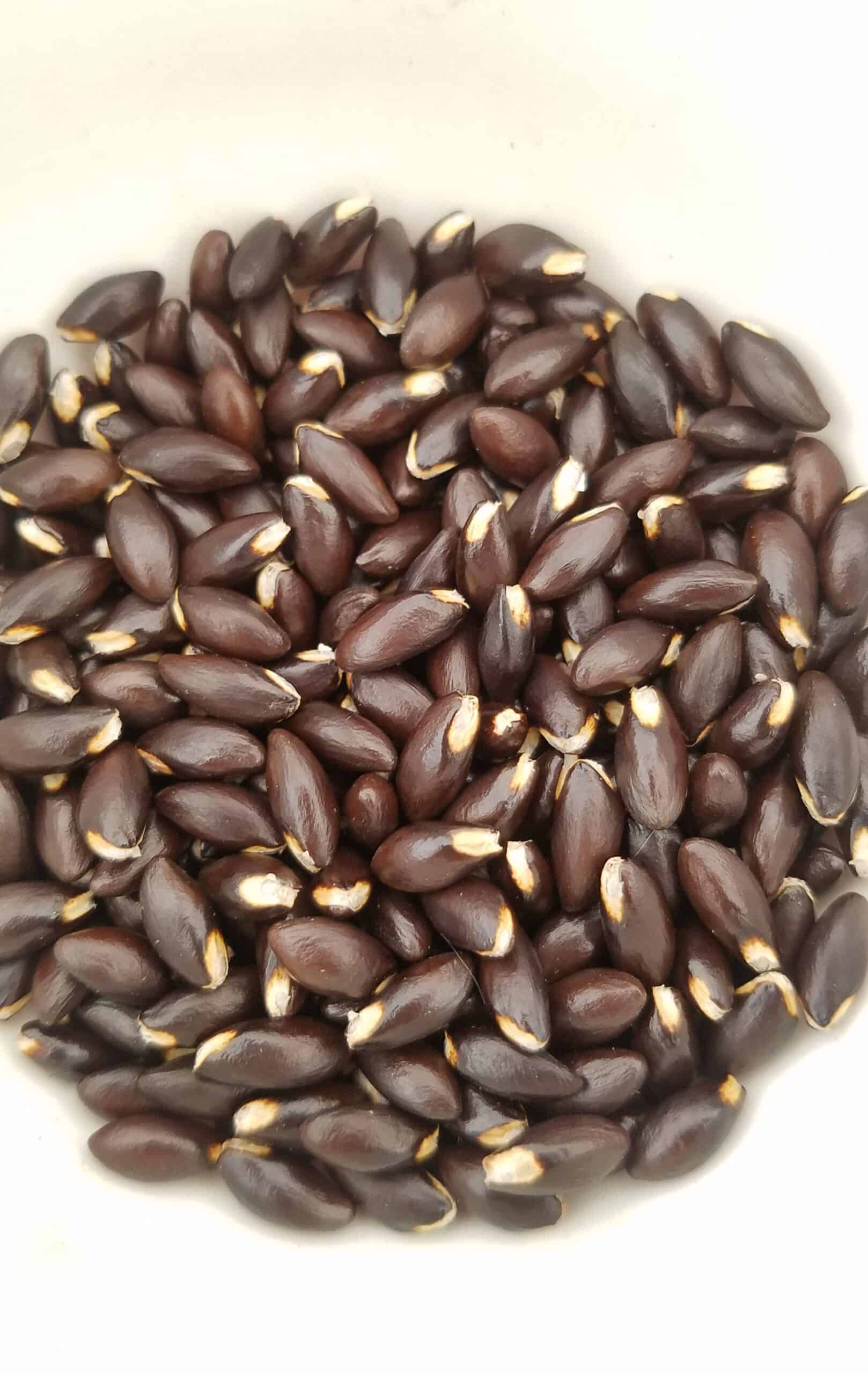
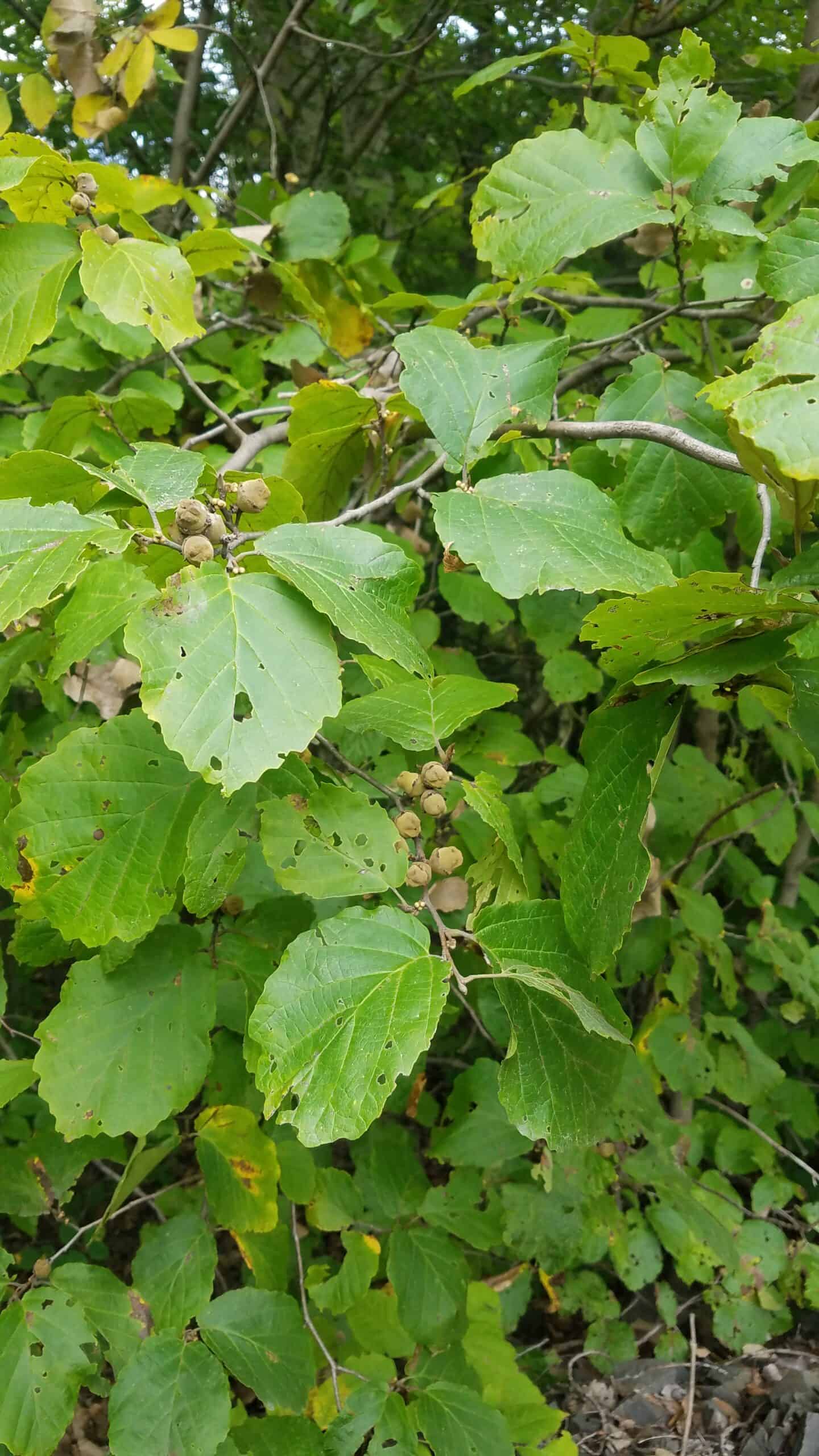
General
In late autumn, when most of the deciduous shrubs and trees of the Northeastern Forest are bare, the American Witch Hazel is, astonishingly, in full bloom. The delicate flowers, with long, streamer-like, yellow petals, and light fragrance, have no competition for the attention of late-season pollinators. The fruit takes almost an entire year to develop and ripen, and then, in late September, the dry, brown capsules crack, propelling two shiny, black, cigar-shaped seeds up to 30 feet away.
Plant Description
A large shrub or small tree, Witch Hazel is most often found in the understory, or at the forest edge, as a multi-stemmed, clumping shrub, with long, arching, twisted branches. Leaves are alternate, simple, 3 to 6” long, and 2 to 3 1/2” wide, with a somewhat coarse texture, and asymmetrical base.
Height (ft)
15-25'
Spread (ft)
15-20'
Soil moisture
Prefers moist soil, avoid extremely dry locations
Soil types
Adapted to fine and medium texture soils
Wetland indicator
FAC-
Shade tolerance
Tolerant, Partial to Full Shade
Bloom color
Yellow
Bloom period
Late Fall
Fall conspicuous
Yes
Anaerobic tolerance
Low
Drought tolerance
Low
Salinity tolerance
None
Self-Pollinating?
Yes
Range
Common in Northeast and Southeast North America and can be found from Nova Scotia to Florida, and from the Great Lakes to Eastern Texas.
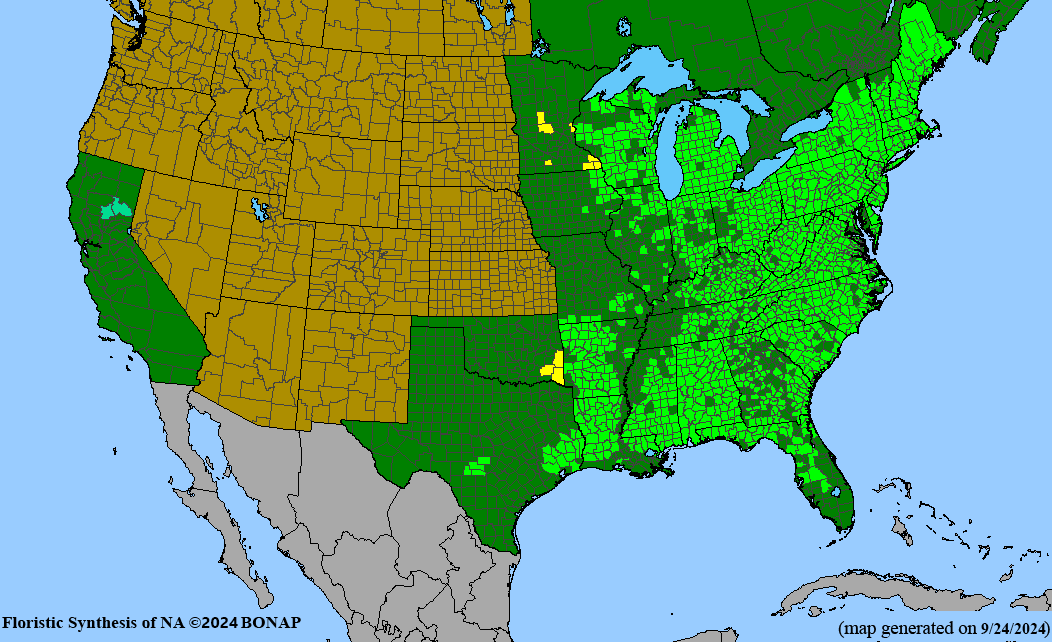
Kartesz, J.T. 2024. Floristic Synthesis of North America, Version 1.0. Biota of North America Program (BONAP) [website http://bonap.org/]
Additional Information
According to BRIT - Native American Ethnobotany Database, infusions of this plant has been made to treat colds, fevers, sore throats and a wash for sores. An infusion of the inner bark has been used for skin problems and as an astringent. The Menominee used the dried seeds in a test to see if a sick person would recover. This species is used in modern day skincare as well.
